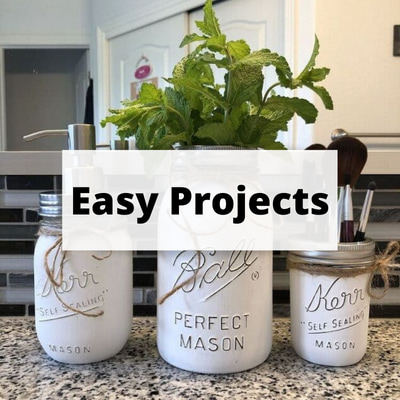
DIY Easy Projects Introduction
Are you looking to breathe new life into old items, save money, and express your creativity? Welcome to the world of repurposing and upcycling! As a seasoned DIY enthusiast, I’ve spent years transforming everyday objects into functional and beautiful pieces. In this comprehensive guide, I’ll share my expertise on what it means to repurpose and upcycle, why these practices are essential for sustainable living, and how you can get started on your own creative journey.
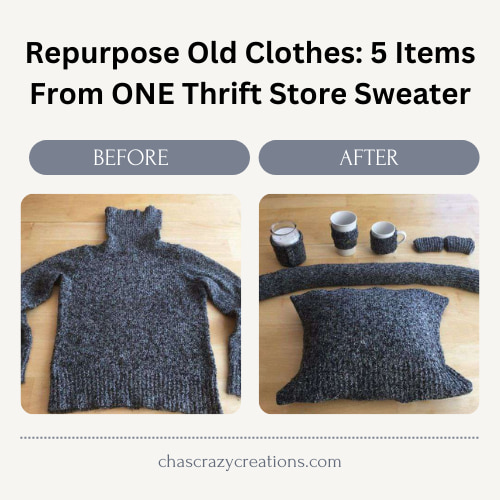
What is Repurposing?
Repurposing involves taking an existing item and using it for a different purpose than originally intended. It’s about seeing potential in objects and giving them a new lease on life, often with minimal alterations. The focus is primarily on functionality rather than aesthetics.
Examples:
- Repurpose Old Clothes: 5 Items From ONE Thrift Store Sweater
- What To Do with Old Pots and Pans: 10 Awesome and Easy DIYs
- Transforming Old Curtains into Something Spectacular!

What is Upcycling?
Upcycling takes repurposing a step further by transforming an item into something of higher quality or value. It typically involves more significant alterations and focuses on improving both form and function. Upcycling often results in a product that’s more valuable or aesthetically pleasing than the original item.
Examples:
- DIY Tiered Tray: Craft or Crap Challenge
- Pillow Crafts: DIY Projects for Home Decor and Gifts
- Anthropologie Vase Hacks
Key Differences Between Repurposing and Upcycling
While both practices involve giving new life to old items, there are some key differences:
- Level of transformation
- Focus on aesthetics
- Skill and effort required
- Potential increase in value
Why Repurpose and Upcycle?
The importance of repurposing and upcycling cannot be overstated. These practices offer numerous benefits:
- Environmental impact: By reusing items, we reduce waste and conserve resources.
- Cost-effective: It’s often cheaper to repurpose or upcycle than to buy new.
- Unique creations: You can create one-of-a-kind items that reflect your personal style.
- Creative outlet: These practices allow you to express your creativity and problem-solving skills.
- Sentimental value: You can preserve meaningful items by giving them new purpose.
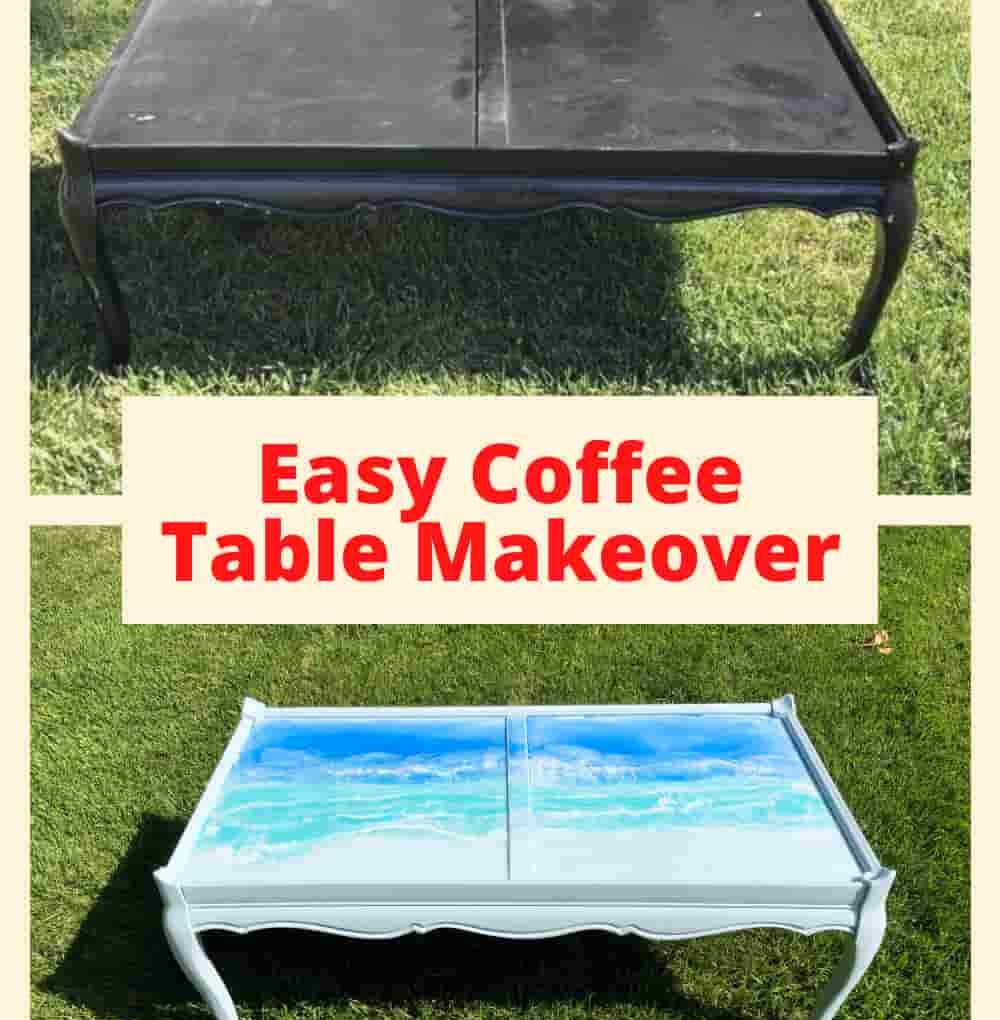
What Materials Can Be Upcycled?
The possibilities for upcycling are endless. Some common materials include:
- Furniture
- Clothing and textiles
- Glass and plastic containers
- Wood pallets
- Old appliances and electronics
- Paper and cardboard
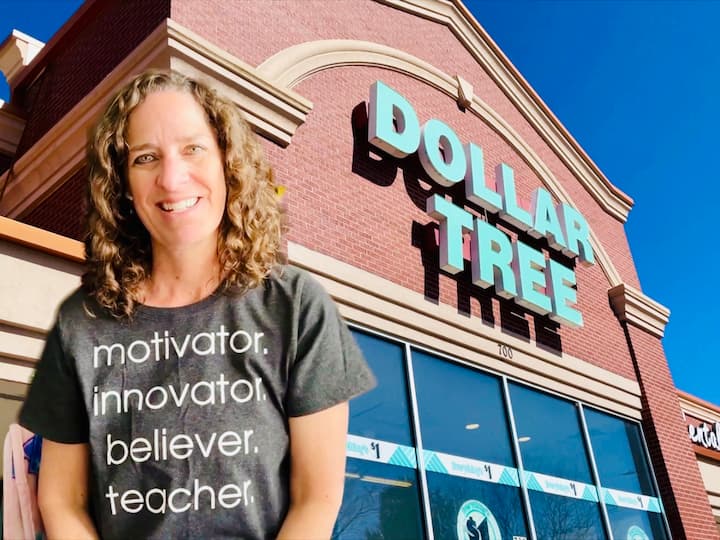
Getting Started with Repurposing and Upcycling
Step 1: Finding Items to Repurpose or Upcycle
Look for potential projects in:
- Thrift stores
- Garage sales
- Dollar stores
- Your own home or items you’ve inherited
- Free items on websites or by the roadside
Remember, by repurposing and upcycling, you’re saving things from being thrown away and helping our environment.
Step 2: Envisioning New Uses
Once you’ve found an item, ask yourself:
- How can I make this item fit in my home?
- What do I see it being or how can I use it?
- Is it something I saw in a catalog but it’s too expensive?
- Is it an heirloom I want to keep but need to update?
For example, you might turn:
- A candle holder or old chandelier into a solar chandelier for your yard
- Dishes into birdfeeders or garden decorations
- Dollar Store mirrors into a Pottery Barn-inspired piece
- Grandma’s rocking chair into a statement piece with new upholstery
Step 3: Taking Action
Now it’s time to create! Don’t be afraid to:
- Fix it
- Paint it
- Dismantle it
- Create something entirely new
Remember, mistakes happen, and everything can be fixed. The key is to start and learn as you go.
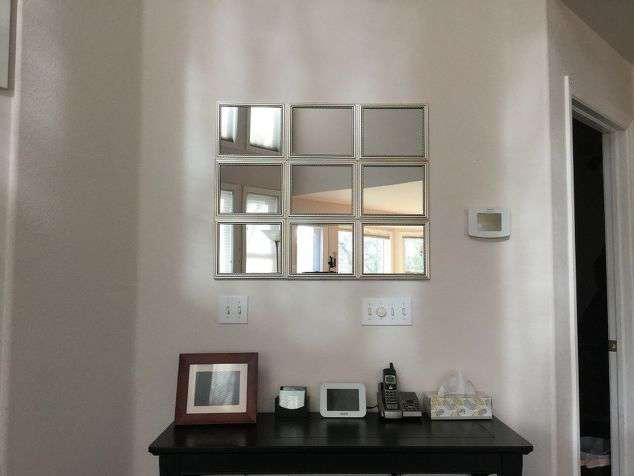
DIY Easy Projects: Examples and Ideas
Here are some popular projects to inspire you:
- Pottery Barn Mirror Hack: Transform dollar store mirrors into expensive-looking decor.
- Upcycled Storage Containers: Give new life to old containers for stylish organization.
- DIY Clothespin Sunflower Wreath: Create a charming wreath from everyday items.
- Scrap Wood Projects: Turn leftover wood into profitable crafts.
- Outdoor Solar Chandelier: Repurpose an old chandelier for garden lighting.
- Painted and Distressed Mason Jars: Transform jars into rustic decor pieces.
What to Do with Completed Projects
Once you’ve finished your repurposing or upcycling project, you have several options:
- Use it in your home as envisioned
- Give it as a thoughtful, personalized gift
- Consider selling your creations if you enjoy the process
Remember, repurposed and upcycled items make great gifts. They show thoughtfulness and creativity without necessarily being expensive.
Conclusion
Repurposing and upcycling are not just creative outlets but vital practices for sustainable living. By embracing these methods, we can reduce waste, save money, and create unique, functional items that express our personality and style. Whether you’re a seasoned DIYer or just starting out, there’s always room for creativity and innovation in giving new life to old items.
Remember, the possibilities are endless when it comes to repurposing and upcycling. Don’t be afraid to experiment, make mistakes, and most importantly, have fun with your projects. You’ll be amazed at what you can create while also making a positive impact on the environment.
Ready to start your own upcycling journey? Explore our other DIY project tutorials on the website for more inspiration and detailed guides. Don’t forget to subscribe to our newsletter for weekly tips, project ideas, and exclusive content delivered straight to your inbox. Join our community of creative recyclers and make a positive impact on your home and the environment!
